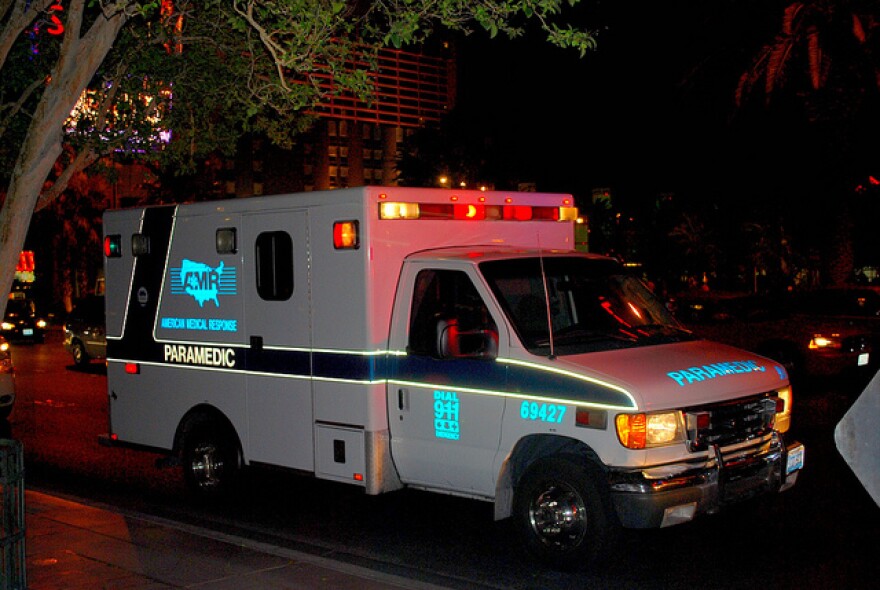Medical emergencies can easily create panic for individuals and families. However, knowing what to do may help a person take appropriate action in a timely manner. Specifically, older adults who live alone need to make a safety plan to deal with medical emergencies so that they can receive help as soon as possible.
In this week's Life Transitions, Nick Sosso, a paramedic with AMR, shared life-saving information to address medical emergencies. In his professional experiences as a paramedic, Sosso often finds respiratory complaints, complaints of chest pain, strokes, and falls among older adults when they seek help from 911.
Sosso explained that it is important to identify the symptoms of a cardiac arrest and a stroke. FAST is an acronym that describes the tell-tale signs of a stroke and means "Face, Arms, Speech, and Time."
Sosso described the four types of symptoms associated with a stroke: "face disturbance or some slooping of one side of face, some type of speech problem such as some kind of inability to get words out right or slurred speech or use of wrong words, some kind of deficit in the hands...usually you see a weakness in the arms, or a weakness in the legs." He urged that people need to call 911 if they experience any of these symptoms.
Since, by definition, emergencies occur without announcing themselves, it's important that older adults keep all their medical documentation including information on allergies, insurance documentation, and a list of their medications in a place where paramedics can easily locate them. This can save precious time in an emergency.
Sosso suggested that people take only essential items with them when taken to a hospital for an emergency. Family or caregivers can bring other things as and when needed by the patient. During an emergency, time is of essence.





